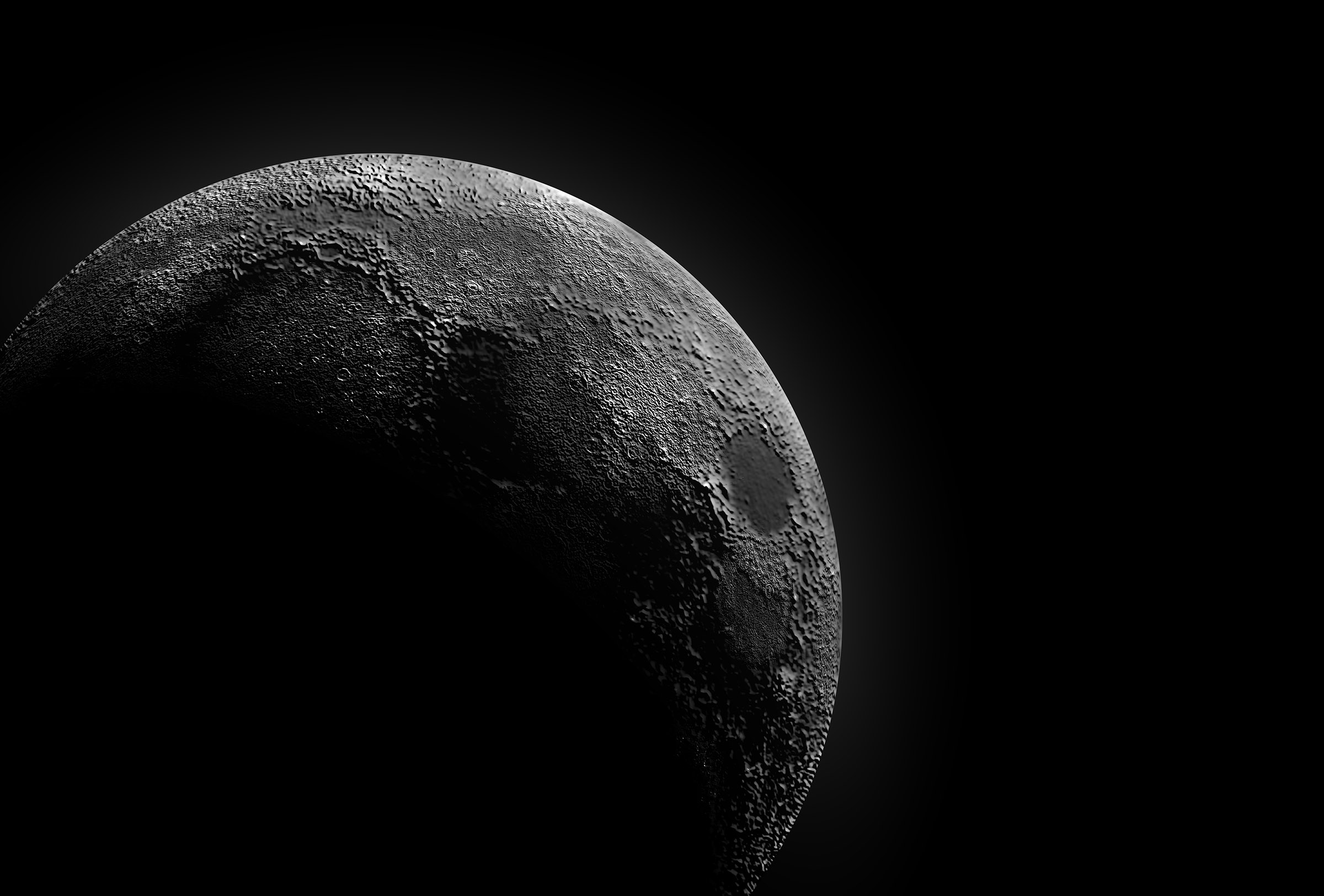Russia has had a very difficult time landing on other planets and cosmic bodies. While Roscosmos (Russia’s space agency) has seen success in the part it plays aboard the ISS, the nation has failed to put a lander on the moon for over 50 years. Now, it’s hoping to change that with its first successful Russian lunar landing in over five decades.
According to reports, the Russian Federation is set to launch a rocket into space on Friday, August 11. That rocket will be the first part of a mission known as Luna-25, which Russia hopes will prove successful, as two previous missions to land on cosmic bodies have both failed, with the two rockets crashing into the Pacific Ocean.
Because of the utter failure in the country’s past, this mission is extremely important for future space exploration in Russia. As such, getting the rocket and lander to the moon without incident will probably cause the mission to be deemed a success, whether or not the lander can actually touch down without incident.

Pulling off a successful moon landing might not seem difficult, but it’s actually one of the more difficult places to land, and other countries have struggled similarly with the notion. In fact, India is currently gearing up for another attempt at landing its own spacecraft on the lunar surface, and so far, it’s going well, but there are no guarantees.
If Russia’s lunar landing mission makes it out of the atmosphere, the real struggle is putting the spacecraft in orbit and then touching down. The moon’s atmosphere is very thin, making it impossible for drag to slow the spacecraft as it enters the atmosphere and barrels toward the surface. As such, the spacecraft will either need to slow its descent with orbital insertions or rely on boosters to slow it as it nears the ground.
The Luna-25 lander is also known as the Luna-Glob Lander and has a robotic arm that it can use to collect surface samples from the moon and eight onboard scientific instruments. The Guardian reports that the mission is expected to last around a year, but the Russian lunar lander will only be active for two weeks or so.
The race to put landers and even humans back on the moon is heating up, especially as NASA grows closer to the liftoff of its next Artemis mission.








